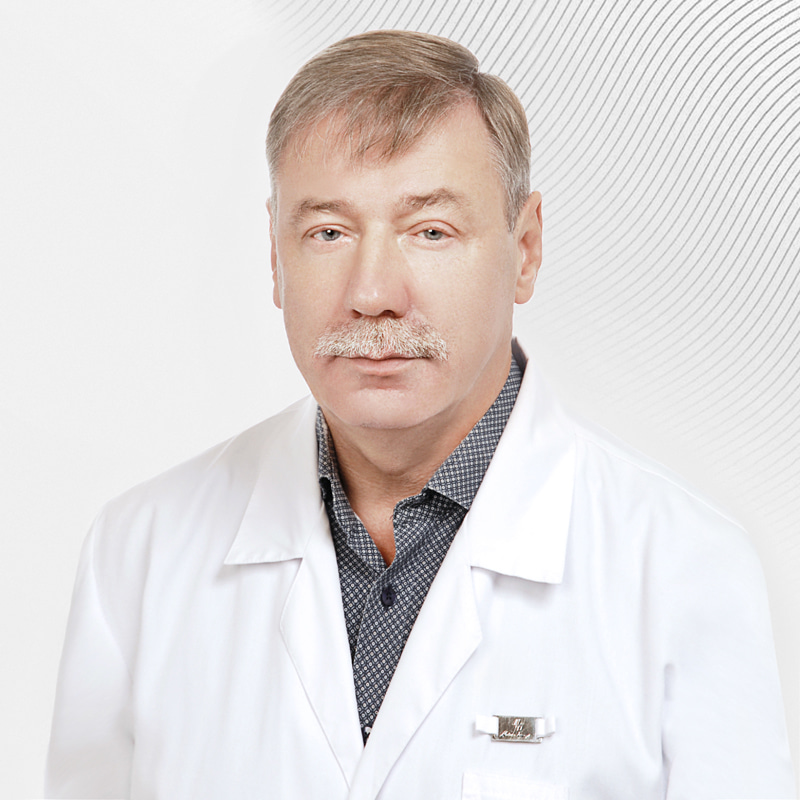Laparoscopic cholecystectomy in EMC
Tells Vladimir Kan - Head of the Department Department of Emergency and General Surgery, surgeon of the highest category, Candidate of Medical Sciences
What is laparoscopy
 Laparoscopic cholecystectomy is an operation to remove the gallbladder. There are various techniques for performing this surgical procedure: using an open operation through a large incision or laparoscopic access (through several small punctures in the abdominal wall or through one — a promising technique of single-port surgery). In both cases, the entire gallbladder is removed along with the stones.
Laparoscopic cholecystectomy is an operation to remove the gallbladder. There are various techniques for performing this surgical procedure: using an open operation through a large incision or laparoscopic access (through several small punctures in the abdominal wall or through one — a promising technique of single-port surgery). In both cases, the entire gallbladder is removed along with the stones.
Indications for cholecystectomy
Among the indications for cholecystectomy:
- Cholelithiasis
- Acute inflammation of the gallbladder Calculous cholecystitis (gallstones with inflammation)
If multiple stones fill the entire lumen of the gallbladder, it cannot perform its main function - to direct bile from the gallbladder cavity into the gastrointestinal tract, without removing the gallbladder is indispensable.
Every stone that has been present in the lumen of the gallbladder for several years becomes infected sooner or later. An infected stone causes chronic inflammation of the mucous membrane of the gallbladder. Then, inflammation of the organs surrounding the gallbladder, such as the pancreas and gallbladder, can also join. Long-term inflammation of the mucous membrane of the gallbladder can lead to such a serious disease as gallbladder cancer. Any focus of chronic inflammation in our body needs to be treated. In this case, a cholecystectomy is performed.
With gallstone disease, stones can be localized not only in the gallbladder, but also in the bile ducts. The presence of a stone in the bile duct is a serious complication of cholelithiasis, which can lead to the formation of mechanical jaundice, since the stone can block the normal flow of bile into the duodenum.
The most unpleasant thing happens if the stone gets stuck in the area of the Vater's nipple of the duodenum. Then acute pancreatitis and further purulent complications may occur.
There are patients who have small stones in the gallbladder, and at the same time there is no discomfort or any clinical manifestations. In this case, you can observe the patient for a while, but sooner or later you will have to perform the operation.
Contraindications to laparoscopic cholecystectomy
General:
- the presence of diseases and conditions that may worsen after gallbladder surgery;
- massive adhesive process in the abdominal cavity;
- decompensation of chronic lung and heart diseases;
- blood clotting disorders;
- the level of intra-abdominal pressure is more than 15 mmHg;
- The third trimester of pregnancy;
- visceral obesity.
Local:
- pronounced scarring and inflammatory processes in the neck of the gallbladder and hepatic-duodenal ligament, which change the topographic and anatomical landmarks and make it difficult to visualize the elements of the Kahlo triangle;
- common peritonitis in the presence of dense fibrous adhesions between the intestinal loops and the abdominal wall, expansion of the loops of the small intestine due to its paresis up to 4-5 cm in diameter;
- biliobiliary or biliodigestive fistulas;
- malignant lesion of the gallbladder.
Laparoscopic cholecystectomy: how is it conducted
- Anesthesiologists work with the patient: general anesthesia is given.
- In the abdominal area, 4 small punctures are performed in 1-1.5 cm.
- Special trocar instruments are inserted into the puncture sites, through which surgical instruments and a camera are inserted into the abdominal cavity.
- The abdominal organs are pushed apart by applying a special gas, and the surgeon receives a detailed, magnified image of the surgical field.
- The video image is displayed on two large monitors facing each other. The surgeon performs an audit of the internal organs.
- The gallbladder is being removed.
- Next, hemostasis and drainage of the subhepatic space.
- The tools are removed, the puncture sites are sewn up.
How long does the operation take
It usually takes about 40-60 minutes to remove the gallbladder by laparoscopy. The duration of cholecystectomy is determined by the clinical case and the possible risk of complications. From the operating unit, the patient is admitted to the intensive care unit, from where, after waking up and monitoring all health indicators, he is transferred to the hospital. Check-out for 2-3 days.
Rehabilitation period
From the point of view of the surgeon, rehabilitation after gallbladder surgery boils down to one principle – to let the patient forget about the operation as soon as possible. Another important tip is not to read about the consequences of cholecystectomy on the Internet.
"I have been treating cholelithiasis for decades, and I would never continue doing this if I were not sure that my operations were bringing people recovery, that their condition was only improving. I have extensive practical experience in monitoring patients after such interventions, and I must tell you that this operation does not lead to disability of the patient. After a few weeks, most people really forget that it was carried out and return to their usual lifestyle. "There are simple rules:
- Within a month after laparoscopy, you should follow a diet: exclude fatty, fried foods, alcohol, and fizzy drinks. This is the well-known "table No. 5".
- Physical activity restriction for three weeks after cholecystectomy and as long as the patient experiences discomfort in the abdominal area when performing abdominal exercises.
Advantages of EMC
-
EMC surgeons are a well–coordinated team of highly qualified specialists, each of whom has a large number of laparoscopic operations performed in Russia and abroad. Our surgeons regularly take courses to improve their practical skills. This allows them to keep abreast of all the latest achievements and developments, and our patients to receive first–class medical care in accordance with Western European and American protocols without leaving the country.
If the clinical situation allows, EMC surgeons prefer minimally invasive methods of performing gallbladder removal operations.
- High professionalism at all levels of medical care for laparoscopic cholecystectomy: from reception staff and junior medical staff to doctors.
- Each patient of the surgical department has two doctors - a surgeon and a therapist. At any second, in case of a change in the patient's state of health before and after surgery, the doctor will be there and take the necessary measures, especially if the patient is in pain.
- Kindness and attentiveness towards the patient is one of the main priorities of the EMC.
- All modern surgical treatment methods, including operations using the Da Vinci robot
- Round-the-clock: planned and emergency operations to remove the gallbladder, emergency diagnosis and hospitalization
- Applying the principles of Fast-track surgery: quick preparation for surgery, quick rehabilitation, quick return to normal life
- The country's leading surgeons with work experience and internships in foreign clinics
- Intensive care unit, intensive care unit, comfortable hospital. The possibility of round-the-clock visits by relatives.
- Help even in the most difficult cases
Doctors


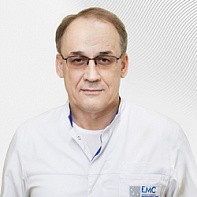
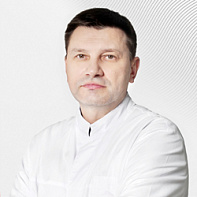

.jpg)
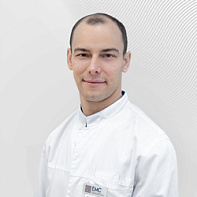

.jpg)
.jpg)

.jpg)
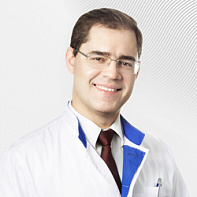
.jpg)
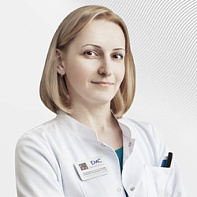


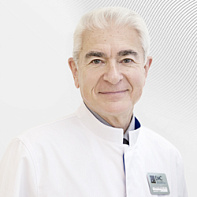

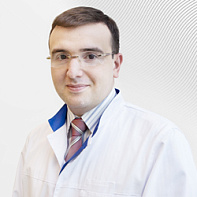
- Unique expertise is the first in In Russia, he performed laparoscopic decompression of the celiac trunk in patients with ischemic digestive system disease
- The first in In Russia, he performed laparoscopic kidney sampling during related transplantation
- He was one of the first in the world to perform suturing of a duodenal ulcer perforation
- He was one of the first in the world to perform...
